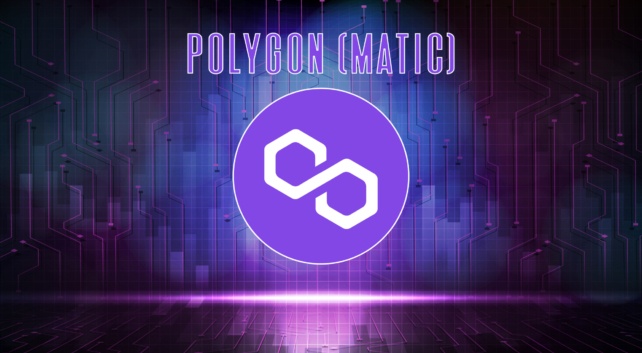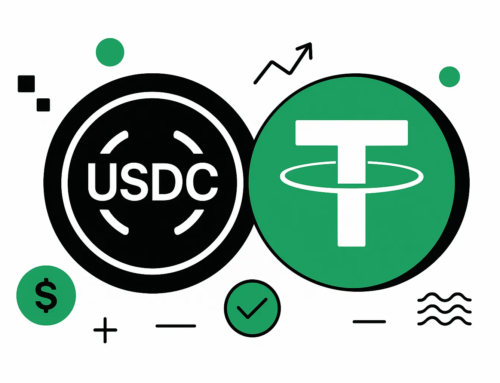Blockchain technology has taken the mantle of the digital ecosystem beyond comprehension. Major blockchain projects such as Ethereum came into prominent existence and provided the crypto market with unique and sustainable use cases. Not only did blockchain technology base its growth in the crypto-verse, but it also took it beyond a single institution.
There is a lot that is believed to come up with blockchain technology. Ethereum Blockchain was just a start to the project. With several operability issues, developers dire the need for innovation. Many unique blockchain projects came into being, though many few were successful in coming into the highlights.
Polygon origins
Many issues were associated with Ethereum Blockchain, which included high fees, lagging user experience, and low transaction throughput. Under such issues, growth was secluded, and there were not a lot of real-world use cases featured across the platform. Polygon came as an answer to all these issues in 2017, where it envisioned the creation of “Ethereum’s internet of blockchains.” To understand its concept in easier words, it provided a convenient framework to the developers for enabling their custom-made Ethereum-compatible blockchain. This indeed is a clear direction to a multi-chain ecosystem of Ethereum-compatible blockchains.
Originally known as the Matic Network, the project is a simple layer-2 scalable solution for the issues caused across the Ethereum Blockchain. Polygon has based its redemption on being a platform designed to launch interoperable platforms, thus providing much space to the developers within the blockchain system.
Architecture
Being a layer-2 solution framework, the architecture of the Polygon network is quite simple yet effective. It contains four layers throughout its system, including the Ethereum layer, security layer, Polygon network layer, and execution layer. With such a distinctive blockchain framework, users would be allowed to create networks that interconnect rather than be completely different. It surely acts as a transition from standalone blockchains to more dynamic systems.
Another significant feature that makes Polygon promising is its sidechain feature. As discussed before, it would surely be looked like a limited project to Ethereum. Sidechain is what makes Polygon a project beyond ‘just’ Ethereum. Sidechain connects with another blockchain and guides it towards a better performance. It helps these blockchains counter issues such as lagging transactions processes and lower gas fees.
Blockchains launched through the Polygon network operate under the Proof-of-Stake (PoS) algorithm, which convenes with a network of validators. One of the significant advantages of taking this high road is the dramatic increase in the speed of transactions and the decrease in the fees for processing each transaction, although finalized across the Ethereum mainchain.
Another pragmatic feature of Polygon is its compatibility with the Ethereum Virtual Machine. The EVM is known as a software platform where developers can set up their dApps. With its compatibility with EVM, it allows its users to put their dApps across the system without any issues. There are several Polygon projects deployed onto the Ethereum main chain, which includes Aave and SushiSwap.
Last thoughts
Polygon indeed has the potential of taking over blockchain technology in the future. It is believed to guide Ethereum to industrial success and present the digital market with impressive real-world use cases with highly sustainable goals.








